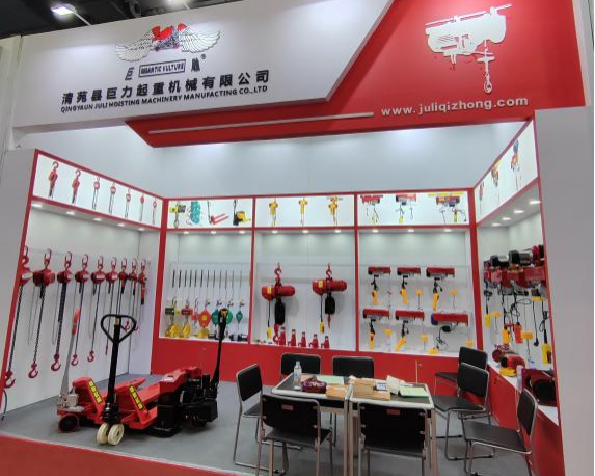


The Role and Importance of Pulley Blocks in Modern Engineering
Pulley blocks are essential components in various fields of engineering and construction, playing a critical role in mechanical systems that require the lifting and moving of heavy loads. The basic mechanism of a pulley block involves a wheel that a rope or cable passes through. This simple yet effective design utilizes mechanical advantage, allowing one to exert less force than the load being lifted.
In the simplest terms, when a pulley system is employed, it changes the direction of the force applied. For instance, by pulling down on one end of the rope passing over a pulley, the load attached to the other end is lifted upwards. This is not only a practical solution for lifting heavy objects but also a fundamental principle that has been utilized for centuries.
Pulley blocks come in various designs, reflecting their diverse applications. Single pulleys can be used for light lifting tasks, providing basic mechanical advantage. In contrast, compound pulley systems consist of multiple pulleys that can significantly reduce the amount of force needed to lift a load. This system can be particularly advantageous in construction sites, warehouses, and shipyards, where heavier materials need to be moved safely and efficiently.
One of the most significant advantages of using pulley blocks is their ability to distribute weight evenly. This distribution minimizes the risk of equipment failure or accidents that could arise from attempting to lift heavy objects with inadequate support. Additionally, pulley blocks can be easily mounted on beams or scaffolding, allowing for versatile configuration options that can adapt to various environments and tasks.

In the context of modern engineering, the use of pulley blocks continues to evolve. Innovative materials and engineering techniques have led to the development of high-strength, lightweight pulleys that enhance performance and durability. Synthetic ropes and cables have replaced traditional materials, providing increased strength and flexibility while reducing the overall weight of the system. This evolution reflects a broader trend in engineering towards maximizing efficiency and safety in operations.
Industries such as construction, shipping, and manufacturing are proficient in integrating pulley blocks into their workflows. Cranes, for instance, rely heavily on pulley systems to lift and move heavy loads. In shipping, cargo is often hoisted into and out of vessels using sophisticated pulley systems, ensuring the safety of both cargo and crew. Such applications highlight the versatility and necessity of pulley blocks in everyday operations.
Furthermore, pulley systems are not limited to large-scale industrial applications. They find utility in everyday scenarios, from gym equipment employing pulleys for resistance training to home maintenance tasks like lifting ladders or heavy furniture.
In conclusion, pulley blocks are an indispensable part of modern engineering and lifting technology. Their simplicity, coupled with the ability to maximize mechanical advantage, makes them widely used in various applications. As technology progresses, the evolution of pulley systems will continue to enhance their functionality, safety, and efficiency, ensuring their relevance in both industrial and everyday contexts for years to come. From their historical applications to their modern advancements, pulley blocks remain a testament to the ingenuity of mechanical design.



